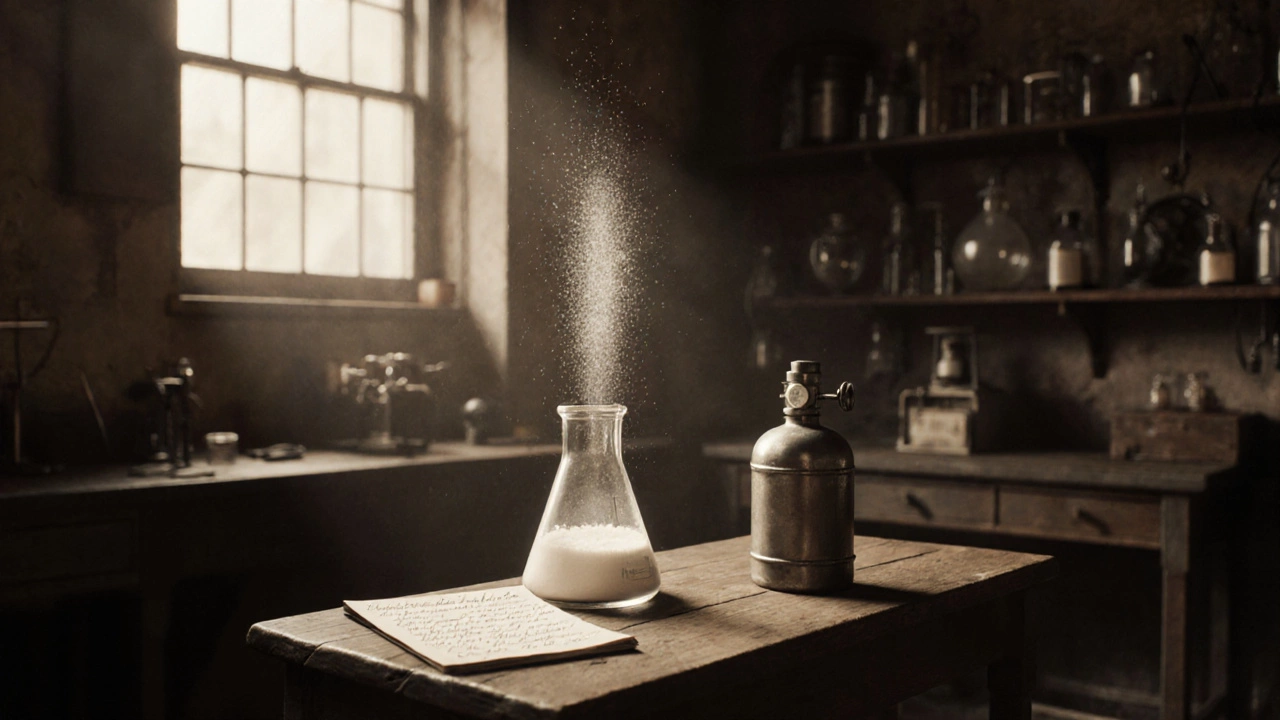Teflon Pans – What You Need to Know
When cooking with Teflon pans, you’re using cookware coated with a synthetic polymer that makes food slide off without sticking. Also known as non‑stick pans, they have become a kitchen staple for quick meals. The slick surface comes from a PTFE coating, a thin film of polytetrafluoroethylene that resists heat and friction, which is why you can fry eggs with just a dab of oil. For those worried about chemicals, many shoppers now consider ceramic cookware, a mineral‑based alternative that offers similar non‑stick properties without PTFE. And because safety matters, cookware safety, guidelines on temperature limits and utensil choices, play a big role in deciding which pan to buy.
The biggest draw of Teflon pans is convenience. Food releases effortlessly, cleanup takes minutes, and you use less oil, which can help with healthier meals. That's why busy families and novice cooks gravitate toward them. The low friction also means the pan heats evenly, so you get consistent results whether you’re scrambling eggs or sautéing veggies. In an eco‑friendly home, that efficiency translates to less energy waste and fewer cleaning chemicals.
How Health Concerns Shape Your Choice
PTFE’s reputation took a hit after studies showed it can break down above 260 °C (500 °F), releasing fumes that may irritate lungs. Most everyday cooking stays well below that threshold, but overheating a dry pan is a common mistake. To keep things safe, experts recommend never heating an empty Teflon pan and using medium‑low heat for most tasks. If you frequently cook at high temperatures—stir‑frying, searing, or browning—switching to a ceramic‑coated or stainless‑steel option can reduce the risk of polymer degradation.
Beyond temperature, the type of utensil matters. Metal tools can scratch the PTFE layer, exposing the underlying aluminum and shortening the pan’s life. Soft silicone, wood, or nylon spatulas are the safest bet. When the coating does get scratched, the pan’s non‑stick performance drops, and you might start to see small flakes in your food—something most people want to avoid.
Environmental impact is another piece of the puzzle. Traditional Teflon production involves fluorinated chemicals that persist in the environment. While manufacturers have reduced harmful emissions, many eco‑conscious shoppers look for alternatives that avoid these substances altogether. Ceramic, cast iron, and enamel‑coated pans usually have a smaller chemical footprint, and they often last longer if cared for properly.
When you’re ready to buy, look for certifications like “PFOA‑free” and “PFAS‑free” on the packaging. These labels signal that the pan’s manufacturing process omitted some of the more controversial compounds. Durability is also key: a well‑made Teflon pan that lasts ten years has a lower overall impact than a cheaper version you toss after a year.
Proper maintenance can extend a Teflon pan’s life dramatically. Hand‑wash with a soft sponge and mild detergent—no abrasive pads. If food sticks, soak the pan briefly in warm, soapy water before cleaning. For stubborn residue, a mixture of baking soda and water creates a gentle abrasive that won’t damage the coating. Store pans with a protective layer, like a paper towel or a pan protector, to avoid scratches from other cookware.
Choosing the right pan also depends on what you cook most often. For low‑fat breakfasts, a small Teflon skillet works wonders. For everyday stir‑fries, a medium‑sized ceramic skillet offers similar ease without the heat‑sensitivity worries. And for searing meats, a cast‑iron or stainless‑steel pan gives that coveted crust while keeping the non‑stick surface out of the high‑heat zone.
Below you’ll find a curated set of guides, reviews, and how‑tos that dive deeper into each of these topics. Whether you’re hunting for the safest non‑stick option, learning how to care for your pans, or exploring greener alternatives, the articles ahead give practical steps to make your kitchen both efficient and eco‑friendly.
-

When Did Production of Teflon Pans End?
Discover why Teflon pans are still made, the 2015 PFOA phase‑out, safety tips, and how to choose modern non‑stick cookware.
